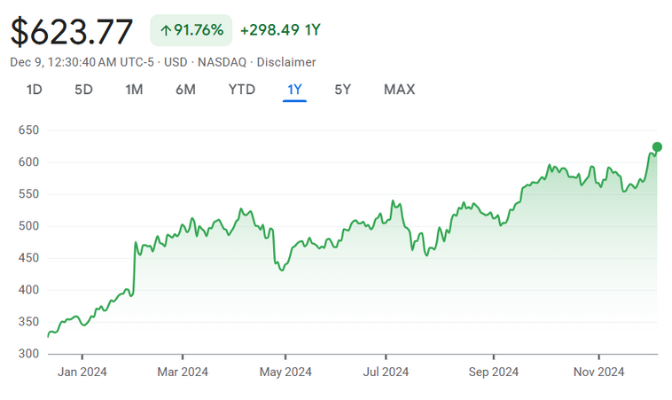What Are ASX Mid-Cap Stocks?
Mid-cap stocks are shares belonging to companies whose market capitalisation usually falls within the range of $2 billion and $10 billion. These are typically companies in their growth phase, having moved beyond the volatile, small-scale start-up stage but not yet reaching the size of large-cap firms. Mid-cap stocks on the ASX represent a wide range of industries, from high-tech and healthcare to mining and retail. These stocks provide high-return opportunities for investors as such companies work to expand their market share, innovate, or improve their financial performance.
Why Invest in Mid-Cap Stocks?
Mid-cap stocks provide investors with a blend of growth potential and the relative stability often associated with larger companies, offering significant value for anyone looking to diversify their portfolio. Companies that have outgrown the uncertainties of the small-cap stage but are not yet as mature as large-cap companies often present room for increased growth.
As a result, mid-cap stocks are often capable of delivering better returns compared to large-cap companies, which may be more saturated in their markets. Investing in mid-cap companies also provides exposure to businesses that are agile and responsive to market changes. Such companies frequently operate in emerging industries or niche markets, offering significant upside potential. From an accessibility perspective, mid-cap stocks tend to have moderate price points, allowing investors to build a diversified portfolio without requiring a large upfront investment.
They also tend to have a better risk-to-reward balance. While large-cap stocks may be less risky, the exponential growth potential of mid-cap stocks is often missed by these larger companies. Of course, mid-caps are less risky than small-cap stocks, which are typically highly volatile. For long-term investors seeking growth in a company with strong risk management, mid-caps are an excellent choice.
Get the Latest Stock Market Insights for Free with
Stocks Down Under & Pitt Street Research
Join our newsletter and receive exclusive insights, market trends, investment tips, and updates delivered directly to your inbox. Don't miss out!
Mid-Cap vs. Large-Cap Stocks
They major in differences in market capitalisation, growth prospects, and risk profile. Large-cap stocks are equities whose capitalisation is higher than $10 billion that represent big companies with a historical record of stable performance. These equities are always associated with low risk, consistent dividend payment, and high liquidity, making them popular with conservative investors.
Stability, though, comes at the expense of slower growth compared with other smaller companies. Mid-cap stocks, however, are those that fall within the range of $2 billion to $10 billion market cap and are normally regarded as the "sweet spot" for investors. It is not as secure as the large caps but gives a better growth potential due to its position in the growth stage of its lifecycle. Mid-cap companies are more innovative and competitive. So when they expand the market share or introduce new products that gain success, there can be substantial returns. Another significant difference that arises is in its liquidity.
Liquidity doesn't matter much to large-cap stocks because their shares can easily be purchased and sold, which does not affect much on market prices. While mid-caps are liquid, trades could feel more shock due to lower volumes traded. This means that to an active investor, the advantage lies in mid and large caps, at least on short fluctuations. The bottom line is that one needs to target or risk against their time horizon on which way to choose: mid-caps or large caps.
5 Top ASX Mid-Cap Stocks
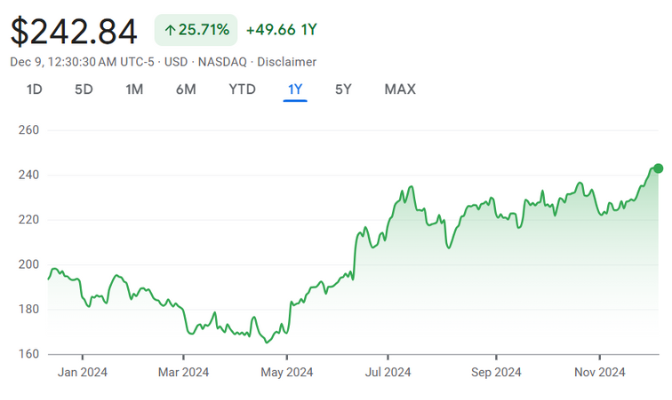
Life360 (ASX: 360)
Life360 is a technology company that provides location-sharing services for families and safety solutions through its mobile application. It has grown at a rapid pace due to the ever-growing demand for personal and family security in a world increasingly connected digitally...
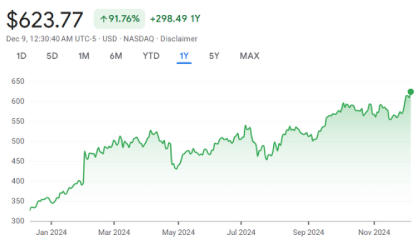
Megaport (ASX: MP1)
Megaport is a leading provider of Network-as-a-Service solutions, which enable businesses to connect to cloud services and data centres efficiently. Its innovative software-defined networking platform simplifies how companies manage their IT infrastructure, making it a favourite...
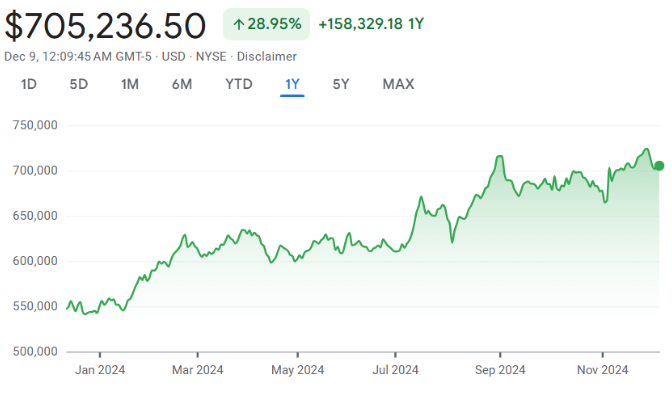
Boss Energy (ASX: BOE)
Boss Energy is a leader in new uranium mining and is presently working on developing the Honeymoon Uranium Project located in South Australia. At a time when everyone interested in clean energy solutions also explores nuclear power, this positions Boss Energy well in terms of growth...
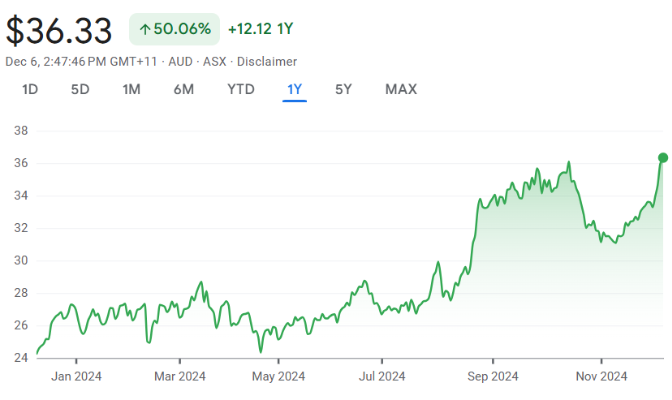
IPH Ltd. (ASX: IPH)
IPH Ltd. is the premier intellectual property services company. It specializes in patent and trademark applications, as well as legal advisory services. It caters to various diverse clients across technology, healthcare, and manufacturing, making it a vital component of Australia's innovation ecosystem...
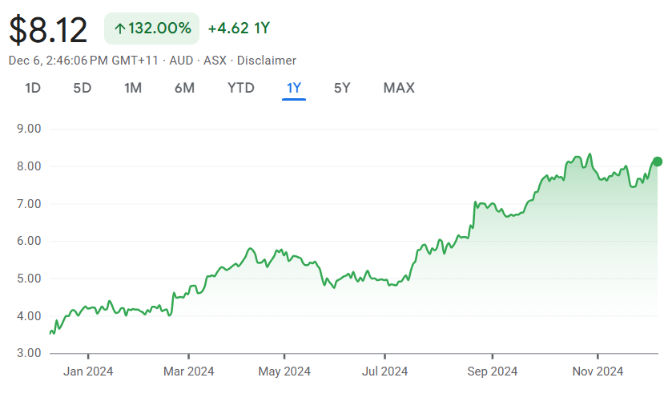
Lifestyle Communications (ASX: LSC)
Lifestyle Communications is a leading company in the telecommunication and broadband sector, providing services to help enhance digital connectivity among residential and commercial users. With high-speed internet solutions as a focus, along with building its fibre optic infrastructure...
5 Top ASX Mid-Cap Stocks
How ETFs Can Help You Get Exposure to Mid-Cap Stocks
For those who want the diversified, easy exposure mid-cap stocks can provide, a mid-cap ETF will give that exposure through multiple investment vehicles. ETFs gather investment from multiple parties, using the funds to acquire broad holdings in mid-cap companies. This allows for taking advantage of the mid-cap group's performance while avoiding the need to make a single selection among that same group.
ETFs have several advantages when it comes to mid-cap exposure. First, they provide instant diversification, which reduces the risk associated with investing in one particular company. Mid-cap stocks are more volatile than large caps, and diversifying your investment across several mid-cap stocks through an ETF helps stabilise returns. Secondly, ETFs are normally handled by professionals who carry out deep research to pick the best-performing stocks within the mid-cap category.
You can invest in the ASX in a handpicked portfolio of mid-cap stocks using ETFs such as the VanEck S&P/ASX MidCap ETF (ASX: MVE). This ETF tracks companies with solid fundamentals and growth potential, thereby giving you a slice of promising sectors such as technology, healthcare, and real estate. The other benefit that ETFs provide is liquidity; you can buy shares or sell them on the stock exchange.
Risks of Investing in Mid-Cap Stocks
While mid-cap stocks are an attractive growth opportunity, they do not come without risk. Higher volatility is one of the major risks. Mid-cap stocks are more volatile than large caps because they usually operate in competitive industries with narrower profit margins. This means that they can be volatile and experience huge price swings, which makes mid-caps less predictable than their larger counterparts. Liquidity is another challenge.
Although mid-cap stocks tend to be more liquid than small-cap, they neither own the trading activity that their large-cap counterparts boast. Because of this, selling your shares quickly without affecting the stock price could become more difficult when markets decline. Another aspect is economic conditions. While mid-cap companies are sturdier than small-cap companies, they are certainly not as powerful in finance as large-cap companies are, and so cannot support extended economic declines.
At the first sign of a recession or other market dislocations, mid-cap stocks lose more value rapidly. Lastly, many mid-cap companies specialise in specific industries, be it technology or consumer products, so an investor faces sector risks that might not exist otherwise. Last but not least, investing in mid-cap stocks requires a good amount of research. Not all mid-cap companies are set for growth, and some might experience operational challenges or intense competition.
For this reason, the investor should be keen on evaluating the financial health, quality of management, and competitive position of any mid-cap stock before investing. Some risks can be mitigated through working with financial advisors or using ETFs.
FAQs on Mid Caps Stocks
Mid-cap stocks fall between small-cap and large-cap stocks in terms of market capitalisation, typically ranging from $2 billion to $10 billion. They offer higher growth potential than large caps and greater stability than small caps.
Our Analysis on Mid-Cap Stocks
Our 5 ASX Predictions for 2026!
This article outlines 5 ASX Predictions for 2026 that Stocks Down Under puts its neck on the line to assert…
Brambles (ASX: BXB): Withstanding The Impacts of Trump’s Tariffs (For Now)
Brambles (ASX: BXB) has significantly outperformed the ASX 200 in the past year, gaining nearly 20% even with the drop…
Here are 6 ASX mining services stocks to look at (other than Mineral Resources)
There are plenty of ASX mining services stocks doing well right now due to the booming gold and iron ore…
Bubs Australia (ASX:BUB): One of the few infant formula stocks building a post-China future
Bubs Australia (ASX:BUB) just might have a future beyond China. After the pandemic shut down the infant formula trade, companies…
Corporate Travel Management (ASX:CTD): Its management has lot of work to do, just to resume trading
No matter how impressive an underlying thematic of an individual may be, Corporate Travel Management (ASX:CTD) depicts to investors that…
Activist investors: Here’s what you need to know about them and 4 famous Australian activists to watch out for
Hear the term ‘Activist investors’ and you might think of GetUp, the progressive activist group that forced Woolworths to hold…
